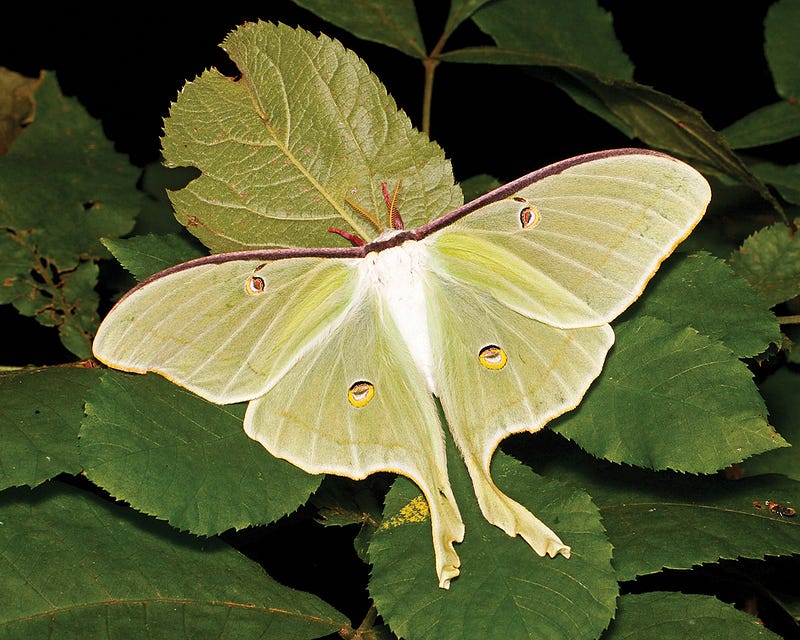As the crisp embrace of winter takes over, a seemingly mundane aspect of the changing seasons takes center stage, revealing its crucial role in supporting the hidden world of overwintering wildlife: the decision to leave the fall leaves undisturbed.

By Joe Malmisur, Interpretive Naturalist
Thanks to those who left leaves and saved stems in their Wild Back Yards, many of our pollinator and insect friends are fast asleep inside or below these natural structures. Residents of dead stems include wasps, spiders, several species of insect eggs and especially our native bees. Leaf cutter bees prefer larger stems from species like cup plants, while the tiny yellow-faced bee calls bee balm home. The Baltimore checkerspot uses white turtlehead flower stems to overwinter their caterpillars, while many other butterflies including swallowtails, viceroy and red admirals attach their chrysalises to the stems of plants.

Beneath the leaves, many moth species such as leopard moths, Isabella tiger moths (aka woolly bear) and luna moths hide their cocoons. Bumble bee queens burrow under leaf litter for protection from the cold and snow. Remember as you patiently endure the cold, so too do the insects, awaiting their moment to once again grace the world with their presence when the season’s chill yields to the warmth of spring.
Once spring has sprung, be patient with your garden cleanup and allow these creatures to sleep in until nighttime temperatures rise to 50 degrees!
For more stories like this, check out Green Islands magazine, a bi-monthly publication from Summit Metro Parks. Summit County residents can sign up to receive the publication at home free of charge.